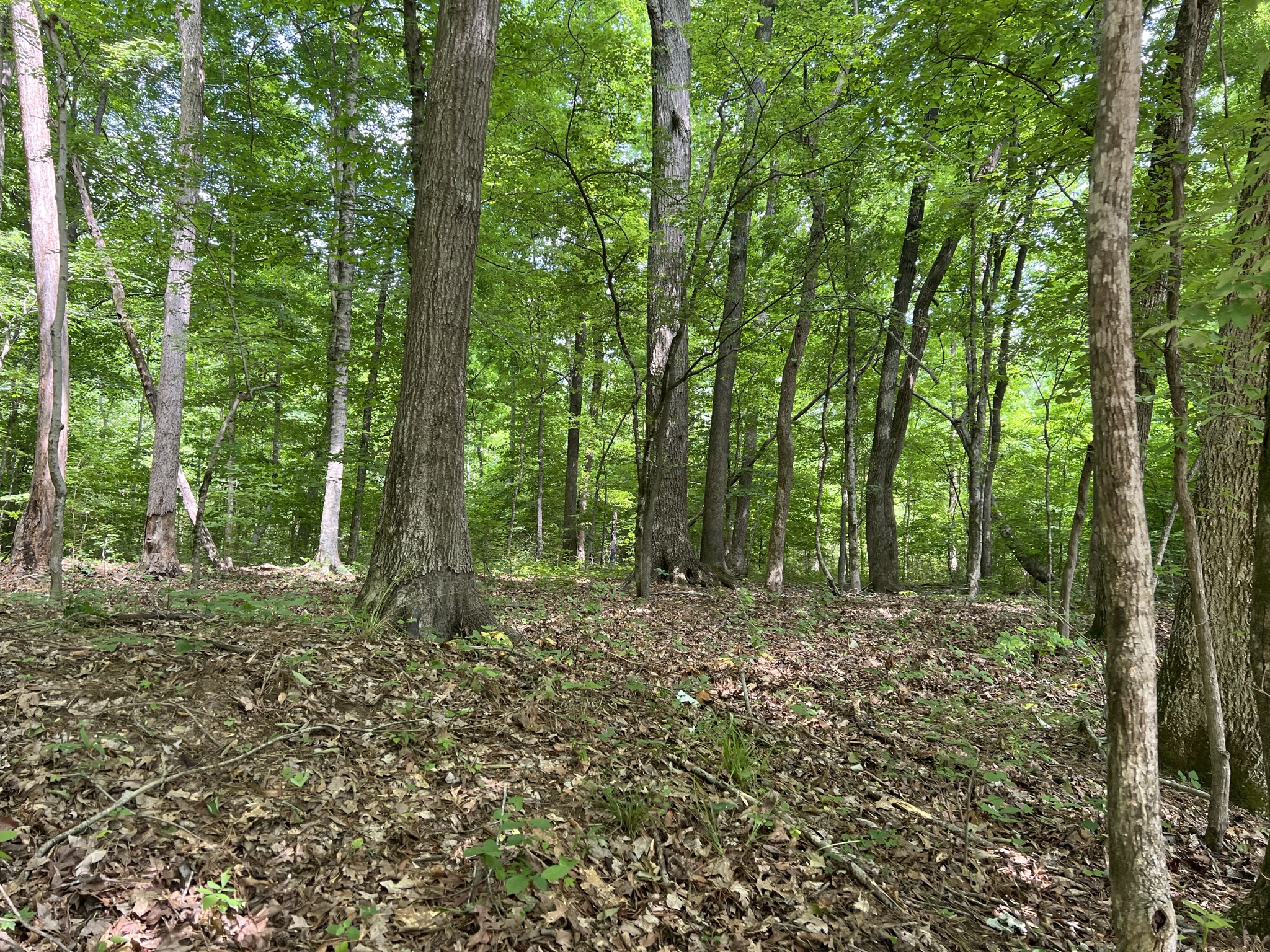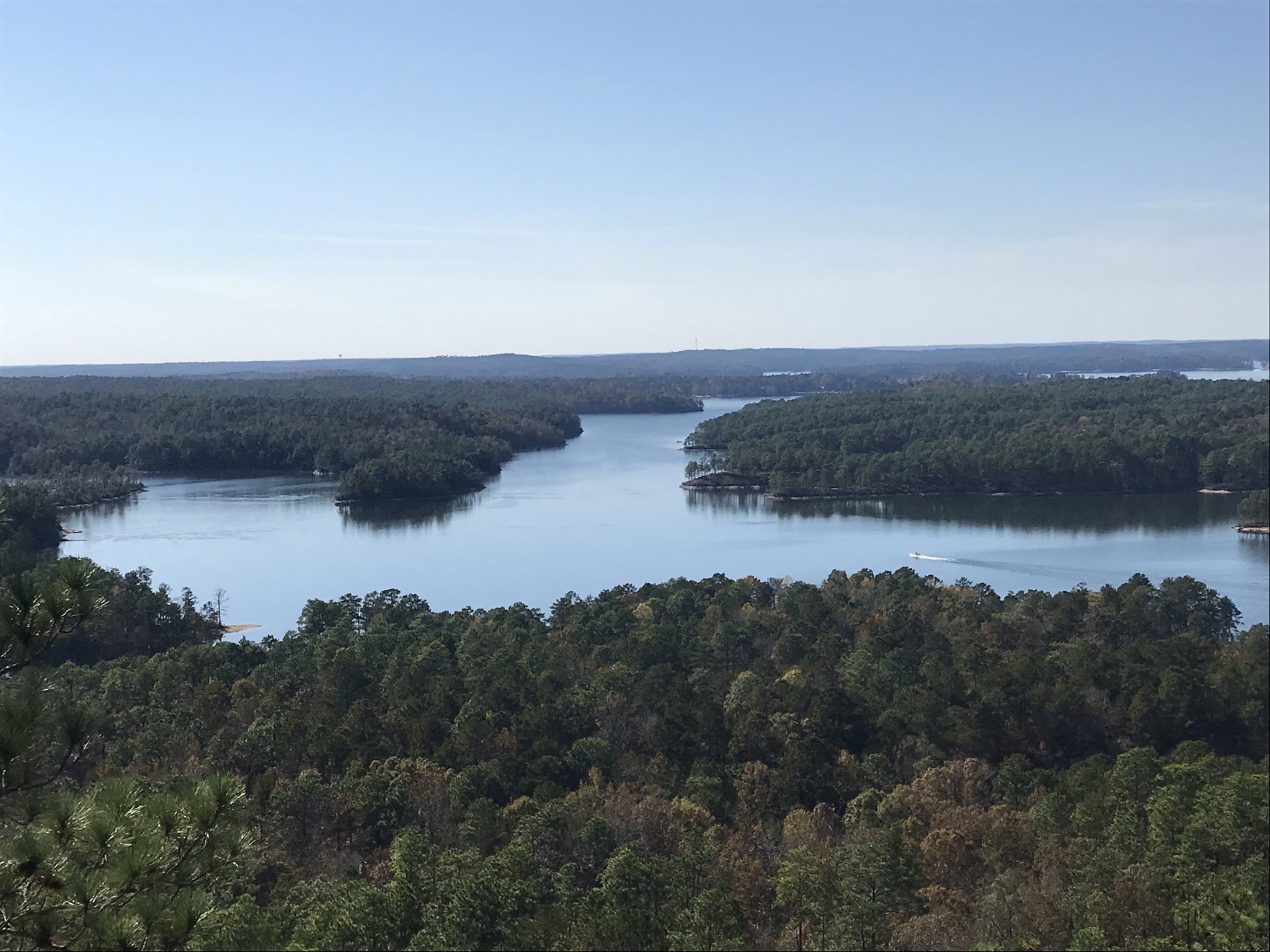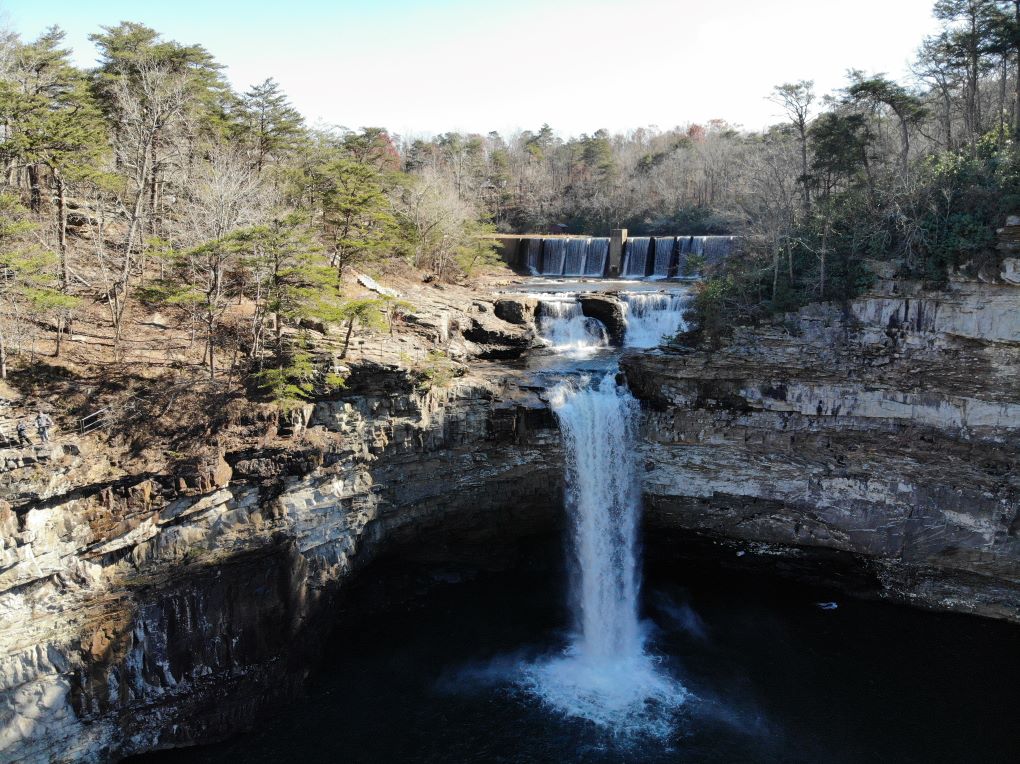When I work with landowners, whether as their Land Realtor or Consulting Forester, our first conversation always revolves around their objectives. The two most common goals are timber production and enhancing wildlife habitat. While these goals may seem conflicting, with a bit of planning, you can achieve both.
If your objective is timber management, a professional can help. They’ll inspect your property, record species types, products, and stocking, and offer best practices to enhance or convert your land to increase timber production. Many of the land sales I handle are already in timber production, often with pine plantations and streamside management zones.
Often, the first thing a new buyer wants to do is enhance wildlife habitat without cutting valuable timber. Controlled burning is a great tool for wildlife, as it increases available browse without significantly affecting timber production. Increasing the edge effect or transitional area is key to attracting wildlife diversity. Starting with increasing the right of ways along your wood’s roads can be a good first step. This not only increases the edge effect but also makes road maintenance easier.
Soil productivity decreases as you go uphill, so strategically placing food plots on hill and ridge tops can help. Irregularly shaped food plots provide more linear feet of edge effect. Another area for food plots would be along streamside management zones. Trees in pine plantations along these zones are usually smaller and lower value due to shading and less chemical from the site prep spraying.
Whether you’re buying land, selling land, or need help managing your property, please give me a call at 205-837-4466.”
Eddie Stone, Great Southern Land, LLC: Broker Associate & Registered Forester
Serving Central and North Alabama



